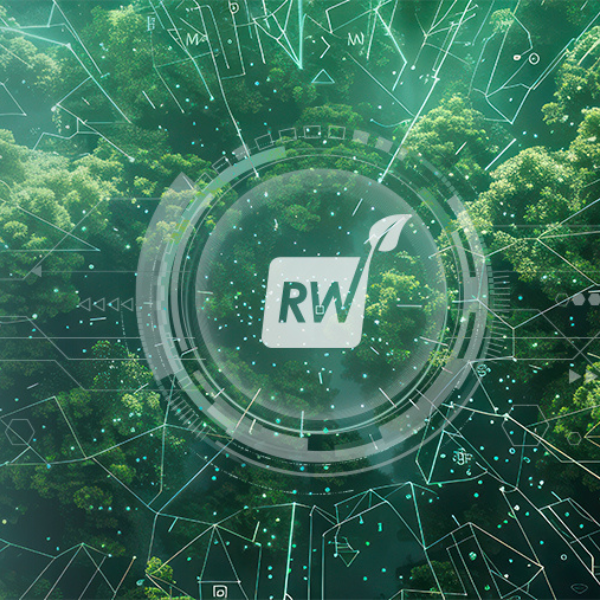In today's climate-conscious world, foodservice establishments are increasingly embracing sustainable practices. One standout approach is implementing zero-waste policies in foodservice, a transformative strategy that not only benefits the environment but also enhances operational efficiency and brand reputation. Let’s dive deep into what zero-waste really means and how foodservice operators can effectively implement it.

Understanding Zero-Waste in Foodservice
What Is Zero-Waste?
Zero-waste isn’t just a buzzword—it’s a comprehensive framework designed to eliminate waste at every stage of the supply chain. The goal is simple: to ensure that no waste ends up in landfills, incinerators, or the environment. Instead, materials are reused, repurposed, or responsibly composted.
In foodservice, this means evaluating everything from kitchen scraps to packaging, seeking alternatives that support a circular economy.
Why It Matters in the Food Industry
The food industry is one of the largest contributors to global waste. Every day, restaurants discard massive quantities of food, single-use plastics, and packaging materials. By shifting to a zero-waste mindset, operators can reduce their environmental impact , cut costs, and show customers they care about sustainability.
The Environmental Impact of Food Waste
Global Food Waste Statistics
How Food Waste Contributes to Climate Change
When food rots in landfills, it releases methane, a greenhouse gas that is over 25 times more potent than carbon dioxide. Food waste also represents wasted water, land, energy, and labor. Tackling this issue can lead to significant reductions in carbon emissions and resource consumption.
Benefits of Zero-Waste Policies in Foodservice
Cost Savings and Operational Efficiency
Improved Brand Image and Customer Loyalty
Consumers today are eco-conscious. Implementing zero-waste practices demonstrates a commitment to sustainability, earning the loyalty of like-minded patrons. It can also boost social media presence and open doors to awards and certifications.
Key Principles of Zero-Waste Implementation
The 5 R’s: Refuse, Reduce, Reuse, Recycle, Rot
Refuse: Say no to unnecessary items like single-use straws or plastic bags.
Reduce: Minimize ordering and prep waste.
Reuse: Opt for reusable containers, utensils, and cloth napkins.
Recycle: Ensure proper recycling of all eligible materials.
Rot: Compost all organic waste.
Source Separation and Waste Audits
The first step toward zero-waste is understanding what you're throwing away. Conduct waste audits to identify problem areas, then set up source separation stations to divert materials properly.
Setting the Foundation for Zero-Waste
Staff Training and Engagement
Leadership Buy-In and Policy Integration
Without top-level commitment, zero-waste initiatives can stall. Align policies with business goals and include sustainability metrics in performance reviews.
Waste Tracking Technologies and Tools
Digital Waste Logs and Analytics
Gone are the days of handwritten logs and guesswork. Today, foodservice establishments can use digital waste tracking software like Leanpath or Winnow to log food waste in real time. These tools help analyze patterns and generate reports that guide future improvements.
Tracking software allows kitchens to visualize the cost and volume of waste over time, making the issue tangible and actionable.
AI and Smart Kitchen Systems
Emerging technologies like AI-powered sensors and smart kitchen systems can monitor waste bins, weigh discarded food, and even identify the most-wasted items by category.
Some tools can offer actionable suggestions like changing suppliers, adjusting portion sizes, or reengineering the prep process—all automatically based on your data.
Composting and Food Donation Programs
Composting for Organic Waste
Composting is a vital part of the zero-waste ecosystem. Set up composting stations for all organic materials, including fruit peels, coffee grounds, eggshells, and more.
Depending on your location, you might:
Partner with a municipal composting facility
Use a commercial composting service
Invest in an on-site composter
This diverts waste from landfills and creates nutrient-rich soil for gardening or local farms.
Partnering with Local Charities
Rather than tossing perfectly edible leftovers, donate surplus food to shelters, food banks, or community kitchens. Organizations like Feeding America or Food Rescue US offer structured donation channels that are legally compliant and logistically efficient.
This strategy not only minimizes waste but also helps feed communities in need.
Case Studies: Success Stories in Zero-Waste Foodservice
Restaurants and Chains Leading the Way
Sweetgreen is known for its sustainability-first mindset, using compostable bowls and encouraging customers to reuse cutlery.
Blue Hill created the “WastED” campaign, featuring meals made from ingredients typically discarded.
Starbucks has initiated multiple zero-waste store pilots, focusing on circularity and resource reduction.
These brands demonstrate that going zero-waste is both feasible and profitable when approached strategically.
Lessons Learned from Real-Life Implementations
What do successful zero-waste restaurants have in common?
A strong company culture of sustainability
Investment in staff training
Use of data-driven tools
Flexibility and innovation in daily operations
Adopting these principles can set your foodservice business on a similar path.
Monitoring, Reporting, and Continuous Improvement
KPIs for Zero-Waste Success
Track these key performance indicators:
Percentage of waste diverted from landfill
Monthly food waste volume (lbs/kgs)
Savings from reduced waste
Customer feedback on sustainable efforts
Monitoring these metrics helps you refine your approach and demonstrate progress to stakeholders.
Updating Policies Over Time
Zero-waste isn’t a one-and-done policy—it’s a dynamic process . Regularly review your procedures, audit waste streams, and stay informed about new tools and best practices. This ongoing commitment will yield lasting results.
Leading the Way Toward a Greener Future
Implementing zero-waste policies in foodservice is more than an environmental trend—it’s a strategic, ethical, and profitable choice. With the right tools, training, and mindset, any foodservice operation can significantly reduce waste, attract eco-conscious customers, and make a meaningful difference in the world.
Let’s not just serve food—let’s serve the planet, too.








